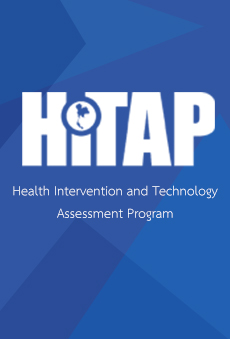Abstract
Background: The impact of telemedicine on health care costs and utilization has not been comprehensively assessed across diverse health care settings. This scoping review aimed to explore these impacts, focusing on the variations in intervention types.
Methods: A literature search followed Preferred Reporting Items for Systematic Reviews and Meta-Analyses Extension for Scoping Reviews guidelines, covering the last 10 years in PubMed/Medline, Web of Science, and Scopus. The Population, Intervention, Comparison, Outcome framework was employed to define the population (patients), intervention (telemedicine/telehealth), comparator (standard care or pre-telemedicine), and outcomes (health care costs and utilization). Both randomized controlled trials and observational studies were included in the search. The search focused specifically on health care institutions or hospitals as the level of inquiry. Telemedicine interventions were characterized using the TOAST framework’s six layers, while the four phases of the health care process (prevention, diagnosis, treatment, and recovery) were incorporated to further contextualize the interventions. Studies were synthesized and presented in tables and figures to provide an organized summary of the findings.
Results: From 4,454 articles, 14 met inclusion criteria, with 12 examining costs and seven utilization. Six studies reported significant cost reductions with telemedicine compared with standard care. In utilization, four out of seven studies showed significant improvements.
Conclusion: This review indicates that telemedicine may reduce health care costs and enhance resource utilization during the treatment phase compared to traditional in-person visits.





